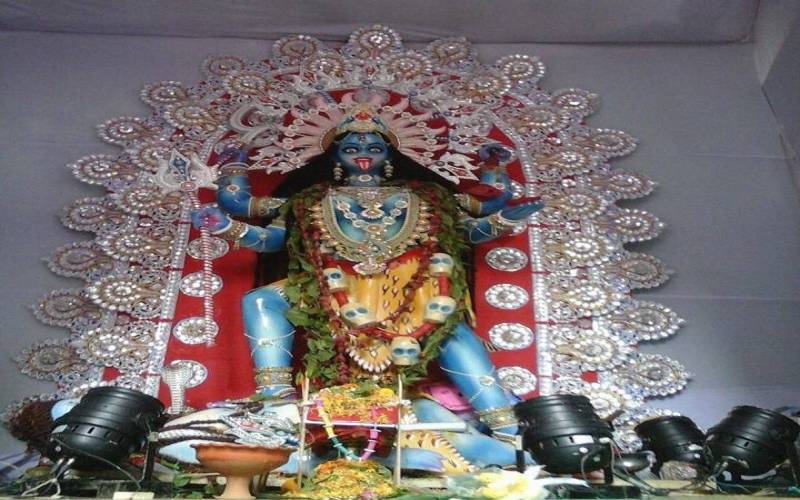Kali Puja Festival, India
Kali Puja is one of the most important Hindu festivals dedicated to Goddess Kali. East Asia worships Goddess Kali on the new moon in Kartik, while other parts of India honor Goddess Lakshmi on Amavasya Tithi during Diwali. In eastern India, Kali Puja is also known as Shyama Puja and is the second most celebrated festival after Durga Puja. There is a widespread belief that Krishnananda Agamavagisha, a noted Tantric scholar of the 16th century, was the one who initiated Kali Puja in Bengal. Goddess Kali, who for a long time had been associated with death and darkness, once appeared in that scholar's dream. Agamavagisha, however, was instructed to worship the dark goddess in a form that highlighted her as a motherly figure.
Traditionally, Kali is usually portrayed as being a woman with four hands, long flowing hair, and a dark complexion. With her left hand, she holds a kharga, or sword, and with her right hand, she holds the head of a demon she has slain. Abhaya Mudra is the symbol of protection, while Varada Mudra indicates blessings. Her mouth is protruding with her tongue and she is adorned with a garland made of severed necks. The iconography of her iconography shows her standing on her husband's thigh and his chest with one foot.
Kali Puja is observed across Bengal with huge marquees and the cleaning and decorating of temples dedicated to the goddess. Devi devotees worship Goddess Kali inside the marquees during Nishita Time of Amavasya by fasting throughout the day and worshiping her idols. Offerings to Goddesses include fruits, sweets, clothing, bhog, and hibiscus flowers. Bhhog and khichdi made from rice and lentil is an indispensable part of the Goddess' offerings.

